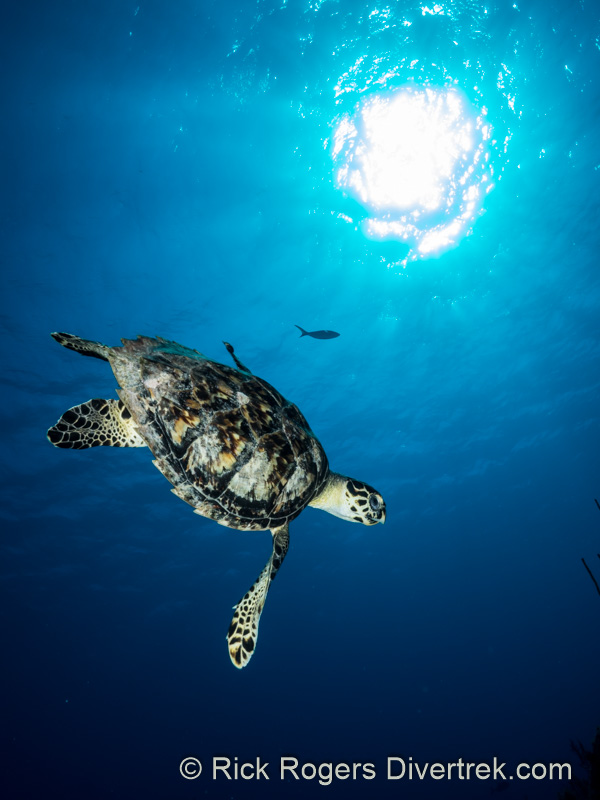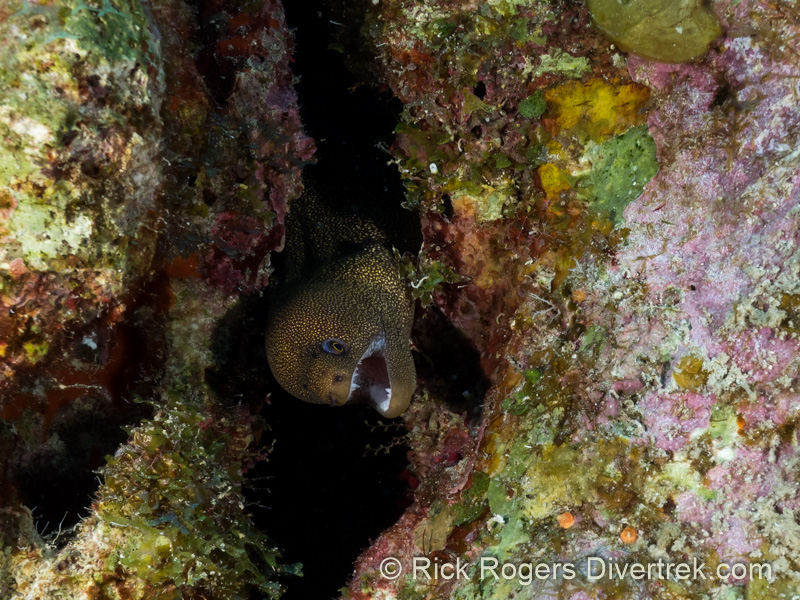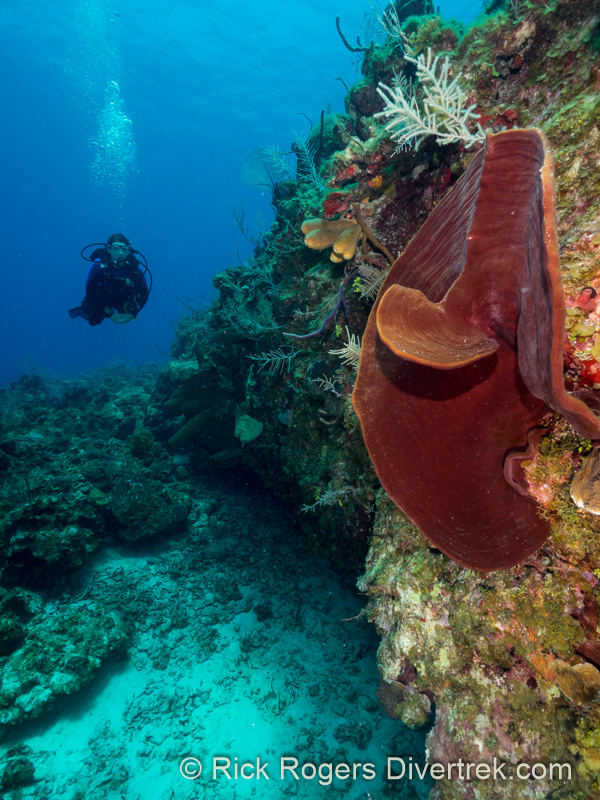March, 2015.

The North Shore of Grand Cayman is widely known for its wall diving. It’s distinguished from other areas of the island by its dramatic, sheer drop-offs, that make you feel like you’re diving an underwater mountain range. The North Wall is filled with colourful corals and sponges, in near pristine condition, and you can expect flybys of Spotted Eagle rays and turtles. It’s also where elusive Hammerheads are most commonly spotted as well.


The North Wall is typically dived during the summer months, when the conditions are predictably calmer. But Cobalt Coast Resort is ideally situated so that if it’s too rough on the North side, they just shuttle you a few minutes away to West End Harbour, which is sheltered from the prevailing NE quadrant winds. You can also get a lift with them to their alternate shore dive site (with dive shop & restaurant) at Lighthouse Point if the North is too rough, or if you just want a change of scenery. Lighthouse Point is just tucked away in the NW lee of the island, and features a majestic 13′ tall bronze statue called the “Guardian of the Reef”. It was sculpted by Simon Morris to promote scuba diving tourism and environmental awareness. The current was running fairly strong that day due to the NE winds, which made photography more challenging. But we were lucky- we only had two windy days, and then the winds tapered to single digits for the rest of the week.
If the North side is mountainous, then the west side is more like a gentle, sloping meadow with lots of hills, mounds, cuts, tunnels and swim throughs. And owing to it being in the lee of the island (calmest), it’s also the most heavily dived. I have dived the west side before, but what was memorably different this time was the number of free swimming Green Moray Eels that I encountered during the day, and they weren’t shy! I noticed this behaviour on the both the west & north side. When I asked one of the dive staff (who has been there for years) about this charismatic behaviour he said that it’s just something that he had noticed within the past year, and had no explanation for it. He said that that they used to just hide in corals during the day, and come out at night to hunt.

But speaking from personal experience, I have witnessed a diver feeding a speared Lionfish (an invasive species) to a Moray Eel, so I wonder if that is changing their behaviour, and they are learning to associate divers with food.




I last dove the popular USS Kittiwake wreck about three years ago, but I wanted to see how it was evolving in its new home. Briefly, the 251′ ship was a former submarine rescue vessel that was in service from 1946 to 1994. It was purposely sunk in January of 2011 in 60′ of water off of 7-mile Beach as an artificial reef project. It now provides divers of all levels with a year-round, easily accessible wreck to dive. For me it was interesting to revisit it and see a snapshot in time of how nature converts a lifeless machine into a living reef, complete with its own miniature food web. Yellow sponges are now getting established, and the wreck is full of fishes from every level of the food chain from the herbivorous Tangs, Angelfish and Midnight Parrotfish, right up to the predatory fish like Jacks and a Tiger Grouper (at a cleaning station). I really hope that some local photographer is documenting this amazing transformation process.




I first visited Stingray City about three ago, and it left me wanting for more. What was different this time however, was that divers are not allowed to feed them anymore (all operators follow this protocol). A guide explained to me that they found that the Stingrays were getting fed so much that they weren’t hunting on their own anymore. So understandably, only the guide now feeds the Stingrays, and even then with just enough squid to mostly fill a small plastic pop bottle. The guide then leads the Stingrays around the group with the enticement of the bottle. Still the Stingrays swim around and over the divers until they’re fed, and then move on to the next group.

On the third day the winds calmed down enough to dive the North Wall. It’s about a half-hour boat ride to visit the further sites, and the dives typically begin in about 60-70′ of water, on the edge of the wall. The water temperatures were unusually warm for this time of year, at 81 deg. F, and I was told they were normally in the 76-78 degree range.
Since it’s not as frequently dived, and the depth helps shelter it from hurricanes, the corals & sponges are in great shape there. All the walls there share similar characteristics, but each has their own personality- different contours, and slopes, with some having cracks and swim throughs. And as you approach the beginning of the wall, and look over it, you’re immediately impressed with the endless expanse of deepening blue which descends thousands of feet below to the bottom. As you descend the wall, it gives the sensation that you’re gliding down a mountain.

The walls themselves are in great shape, and showcase corals and sponges with colours that run the entire spectrum from Red to Violet. As one divemaster put it, the walls here are like what all of Grand Cayman looked like 10-20 years ago.




I was really hoping to see and photograph some sharks. It’s the reason I shot so much wide-angle! When I asked how frequent the sightings were, one guide replied that it was more like 1:50 dives. He said that considering how deep sharks can go, and how long the coastline is, you literally have to get lucky enough to drop-down right on top of one. But you never know.



As is the case elsewhere in the Caribbean, I also saw a few Lionfish, but at least they were at very low densities as compared to other places that I have dived. The Lionfish are an invasive species that are native to the Indo-Pacific region. Thankfully, the Cayman’s have a very aggressive Lionfish culling program, as they are very destructive to the ecology and health of the reefs. In fact I was told that a lot of the guides on the island hunt Lionfish on their days off. They have found the conditions in the Caribbean to be more than to their liking- no natural predators, few parasites, and unwary prey. In addition, they’re voracious eaters that can eat fish up to half their size! They interfere at all levels of the food chain by eating the “grazer” fish that feed on algaes, as well as by eating the cleaner shrimp and fishes that help rid the native residents of parasites. This more than likely explains why some of the shallower, sunnier sites were starting to grow unchecked with brown (Y-branched) algae.

The second morning dive is a shallower one, typically in the 40-70′ range. These typically feature a miniwall, with coral heads and fingers in the sand that lead out to the second, deeper wall. Depending on the site, you’ll see lots of creatures and fish hiding in the cracks and crevices. Shown below are some pics of the lesser seen ones.


Cobalt Coast Resort has its own shore dive, beginning right off the end of the dock. We did it for our afternoon dive, and it’s worth doing. You’ll likely encounter other divers, including students with their instructors. It’s a good swim out, but it’s well marked, and the dive is simple. Like the second morning dive sites it has a miniwall, which then descends into valleys, and then coral heads and fingers outstretched in the sand at about 60-70′. On one dive I left my camera behind, and as “Murphy’s Law” would have it, I saw a very large turtle feeding on a sponge with four Angelfish swarming around, picking up the scraps. One divemaster even reported seeing a Hammerhead here! Here are some pics taken on the House Reef:




Tips:

Cobalt Coast Resort and the affiliated “Divetech” dive shop form a winning combination. All the staff were professional, personable, accommodating, and very helpful in all things. You’ll even likely be welcomed or sent on your way home by the owner. The resort is situated in a quiet residential area, so you will need a taxi (or maybe hitch a ride) to go off site. Renting some bikes from a bike shop for your stay would be a good idea.

The covered open-air restaurant, with a view of the ocean, provides a very peaceful and relaxing setting to enjoy your meals, or just to sit back. They also have an indoor seating area to their restaurant should the weather make a turn for the worse. The breakfast buffet was hearty & plentiful- you’re choice of cereal, toast, pancakes, french toast, scrambled eggs, bacon, sausage, potato wedges, fresh fruit selection and yogurt. They also had a meal plan, but with the current conversion from CDN to CI and US dollars, it made more sense for us to catch a taxi to a nearby grocery store and make our own lunches (each room has a mini kitchen).
Related links:
